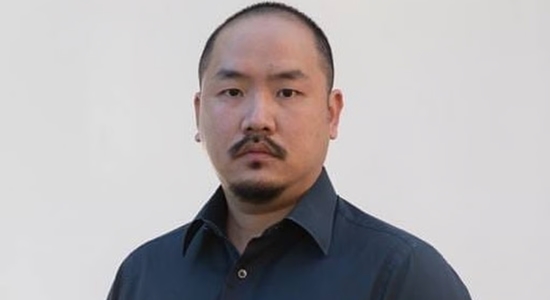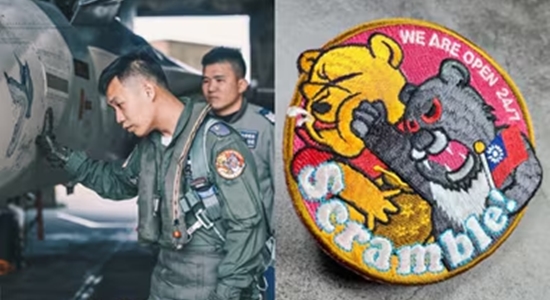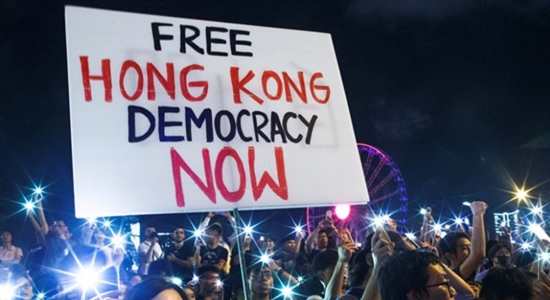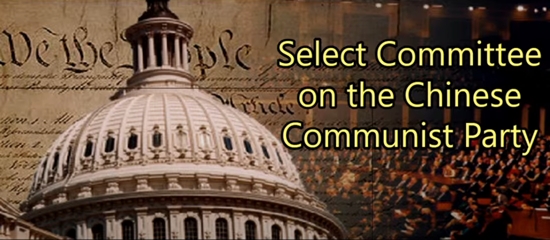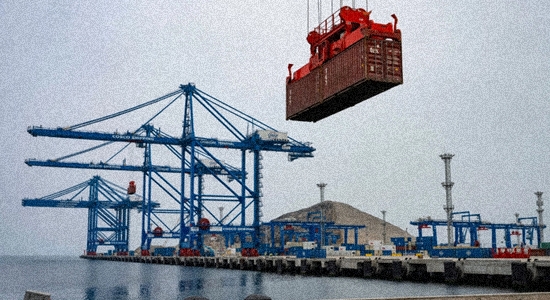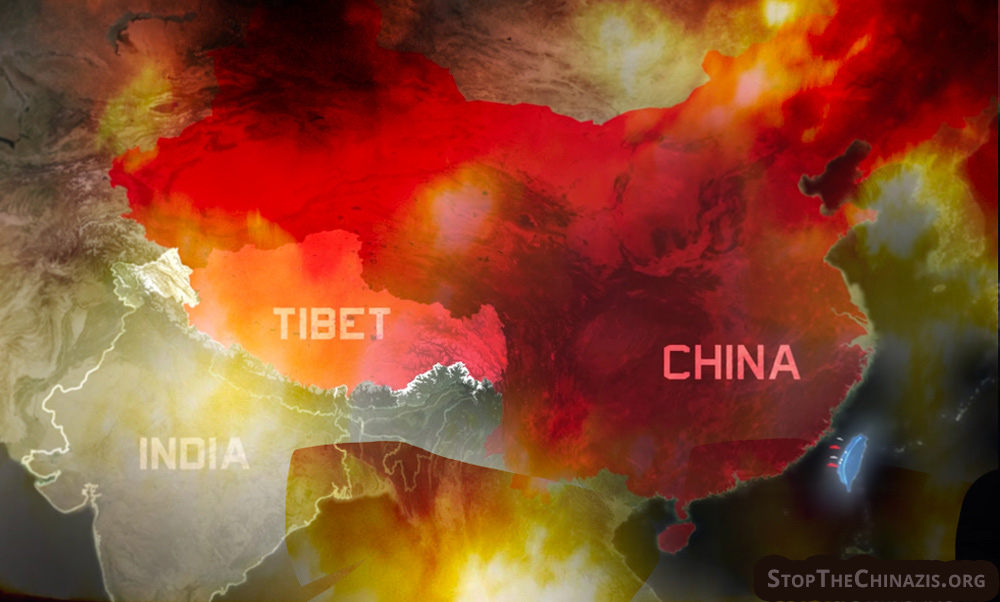
This post is the first of a series reviewing Defending Taiwan, a book from the American Enterprise Institute, edited by Kori Schake and Allison Schwartz.
The first chapter, by Michael Rubin, “Is Taiwan Part of China?” argues that Taiwan and China are distinct and have developmental histories that made them so. Throughout most of its history, China was not in possession of Taiwan. Even during the 200-year period of rule by the Qing dynasty, the control was tenuous. Prior to the events the followed World War II that ceded control of the island to Chinese Nationalists, the people of Formosa were a separate culture, heavily influenced by the Japanese who ran the island from 1895 to 1945. And the cultural and genetic ancestry of the people is far older and more complex. Rubin’s article is an interesting exploration of multiple disciplines, including history, geology, genetics, and linguistic approaches to try to divine a true identity of the Taiwanese people.
Rubin’s article is worth reading, but in some ways it misses the point: Since the fall of the Japanese rule in 1945, too often the will and interests of the people of Taiwan have been ignored on the global stage.
During World War II, the United States made a deal with Chiang Kai-shek, the Nationalist leader of China, to revert Taiwan to China in exchange for Chiang’s help against the Japanese. In his damning book, Formosa Betrayed, George Kerr, a State Department official who witnessed this handover, repeatedly notes that the people of Taiwan strongly would have preferred direct rule by the United States rather than to be lumped in with their mainland “brothers”. Kerr recounts the abusive rule that the Nationalists inflicted on the native Taiwanese. In what basically amounted to an unrestrained criminal looting of the island, Chiang’s delegates were allowed to pillage the relatively advanced island, destroying the orderly systems that were in place and replacing them with a “Necessary State Socialism”, which was a mafia-style fascism. The people, who had heard of the wonders of American democracy, humbly pleaded to be allowed to build such a society — the kind of freedom “anti-Communist” Chiang supposedly was in favor of. Instead, the leading democratic leaders were brutally hunted down and murdered and Taiwan fell under decades of autocratic rule.
Chiang’s Nationalists lost the mainland to Mao’s Communists, and Taiwan was the extent of the remaining “Republic of China”. With help from the United States, Chiang and his Kuomintang party was able to keep the island out of the grips of the Communists. Single-party rule continued thru the 1980s, when an opposition was able to be formed. In 1992, the Democratic Progressive Party won seats in the legislature, and in 1996 was able to elect a president. The overall process was peaceful. And today Taiwan has a vibrant democracy and a strong economy.
According to a survey by Brookings conducted in 2021, the people of Taiwan do not see the cultural differences as significantly dividing them from the people of the People’s Republic. The Taiwanese do however have strong disapproval of the mainland government:
The PRC government celebrates its political and economic performance at home and its rising status abroad, but Taiwan people are not impressed. In our survey, 63% of respondents had a negative view of the PRC government; only 8% had a positive view.
The people of Taiwan have struggled to get the freedom they enjoy today. They don’t want to be part of Xi Jinping’s China. That’s really all that matters.

